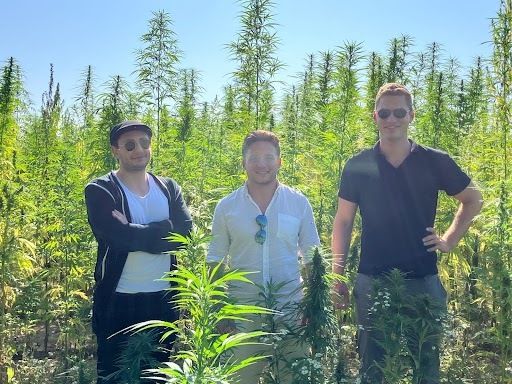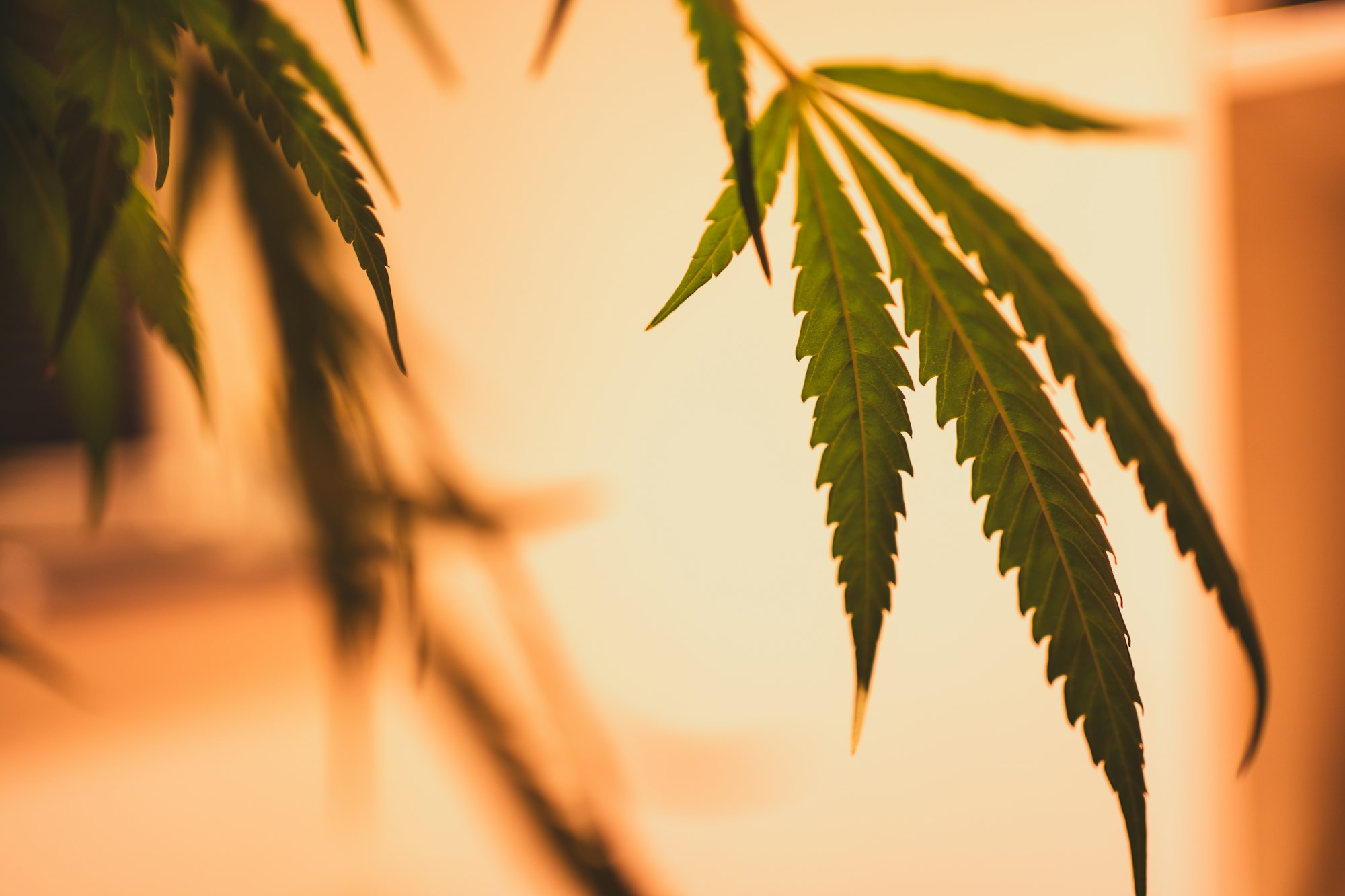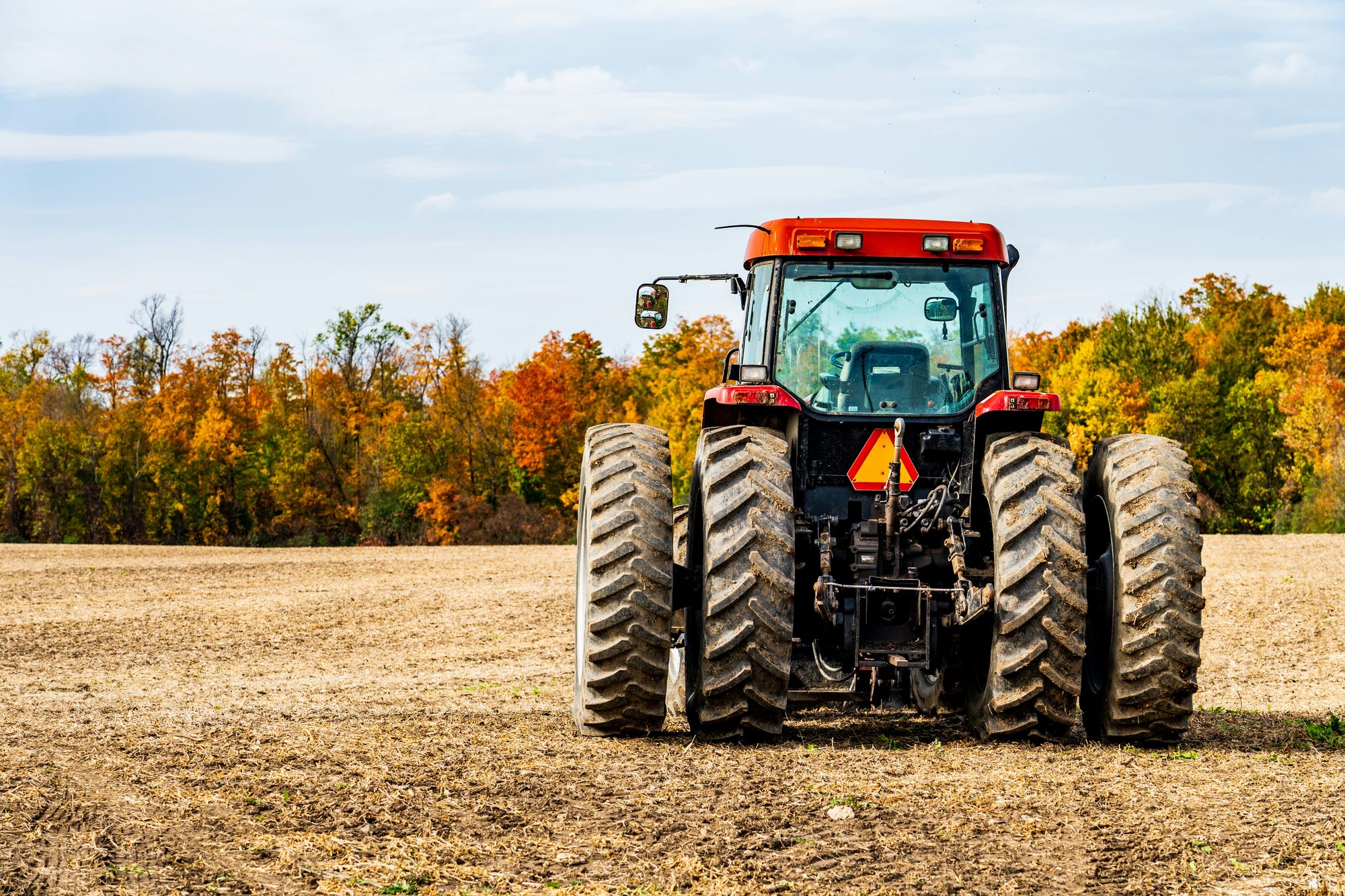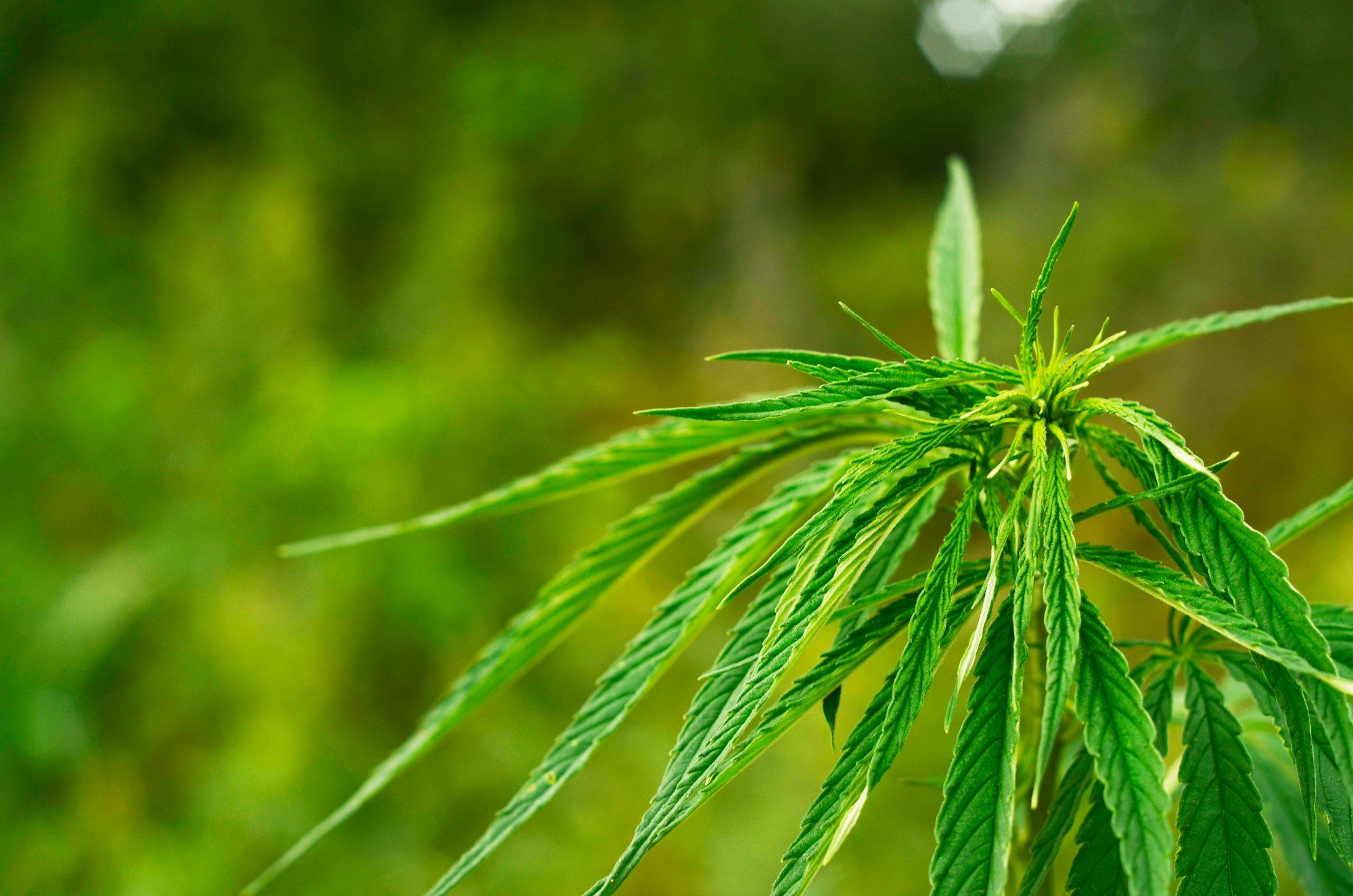Reduce bureaucracy, strengthen hemp: Associations call for clear and simple EU regulations
Despite the plant's well-documented agronomic and environmental benefits, the European hemp sector faces significant regulatory hurdles. Three major German industry organisations have now responded by submitting a joint proposal to the European Union calling for decisive reforms and simplifications.

The European hemp sector underlies significant regulatory hurdles, although the agronomic and environmental benefits of the plant are well documented. In response, three major German industry associations—the German Farmers’ Association (DBV), the German Cannabis Business Association (BvCW), and the Industrial Hemp Network (NHN)—have submitted a joint proposal to the European Union, calling for crucial reforms within the framework of the upcoming revision of the Common Agricultural Policy (CAP).

Their demands focus on three key areas: legal clarity for all parts of the hemp plant, the establishment of a uniform THC threshold for certified hemp varieties, and a reduction in bureaucratic field inspections through modern monitoring techniques.
These measures, the associations argue, would improve market competitiveness and align hemp cultivation with the EU’s sustainability goals under the European Green Deal and the Farm to Fork strategy.

Legal clarity for all parts of the hemp plant
The first demand addresses long-standing inconsistencies in EU regulations concerning which parts of the hemp plant can be legally cultivated, processed, and marketed. Although the European Court of Justice ruled in the Kanavape case (C-663/18) that hemp should be treated as an agricultural crop and that restrictions on harvesting and processing its flowers were unjustified, many Member States continue to enforce restrictive national policies.

The German associations are urging the EU to explicitly confirm the legality of all plant parts—including flowers—within the CAP framework. They propose amending the Common Market Organization (CMO) Regulation to include hemp in Article 75, thereby allowing for the establishment of marketing standards that ensure product quality and consumer safety while preventing illicit trade.
Without this clarification, they argue, the European hemp market will remain fragmented, discouraging investment and innovation. Farmers, in particular, are left in a state of legal uncertainty, unable to fully utilise the plant’s potential in industrial applications such as textiles, bioplastics, cosmetics, and construction materials.

A uniform THC limit for certified hemp varieties
The second proposal seeks to standardise the definition of hemp by setting a THC limit of 0.5% for variety certification. Currently, there is no explicit THC threshold for certified seed varieties at the EU level, leading to discrepancies among Member States. While most adhere to a 0.3% THC cap, some countries—such as the Czech Republic (1%) and Italy (0.6%)—allow higher limits.

The associations propose harmonising this threshold at 0.5%, a level that was in place in the EU until the 1990s. This change would provide regulatory clarity for authorities conducting inspections and prevent minor climatic variations from disqualifying legally registered varieties. They argue that penalising farmers for marginal THC fluctuations, particularly when industrial hemp contains only trace amounts compared to recreational cannabis, is neither scientifically justified nor practical.
Moreover, this standardised approach would level the playing field for European farmers in competition with third-country producers, ensuring that imported hemp products meet the same certification criteria.

Reducing bureaucratic field inspections
A major obstacle to hemp cultivation in Europe is the stringent field inspection process. Under current CAP rules, national authorities must conduct physical inspections on 30% of declared hemp-growing areas to verify compliance with THC limits and certified seed usage. If a crop exceeds the THC limit—even slightly—farmers risk having to destroy their harvest, while the Member State may impose a ban on the variety.

The associations propose replacing extensive field inspections with satellite monitoring and mandatory cultivation declarations. This would significantly reduce the administrative burden on both farmers and national authorities, improving efficiency while maintaining compliance. Farmers would submit data on seed density and plot location, enabling authorities to verify compliance remotely using satellite imagery and AI-driven monitoring tools.
To ensure continued oversight, physical inspections would still be conducted on a random basis. Additionally, farmers—regardless of whether they receive direct payments—would be required to notify authorities of their hemp cultivation activities.

A similar system has already been implemented successfully in Croatia, demonstrating its effectiveness in improving regulatory oversight while reducing bureaucratic complexity.

A call for action
In their conclusion, the associations urge the EU to adopt these reforms in order to fully realise the potential of industrial hemp. The crop offers numerous environmental benefits, including improving soils, promoting biodiversity and sequestering carbon - in line with the EU's climate and sustainability goals. However, without regulatory adjustments, European farmers will continue to face unnecessary barriers that hinder growth and innovation in the sector.

By simplifying regulations, ensuring legal clarity and reducing administrative burdens, the EU could create a more competitive and sustainable hemp industry - one that benefits farmers, consumers and the wider European economy alike.

